I'm trying to count dendritic spines (the tiny protuberances) in mouse dendrites obtained by fluorescent microscopy, using Python and OpenCV.
Here is the original image, from which I'm starting:
Raw picture:
After some preprocessing (code below) I've obtained these contours:
Raw picture with contours (White):
What I need to do is to recognize all protuberances, obtaining something like this:
Raw picture with contours in White and expected counts in red:
What I intended to do, after preprocessing the image (binarizing, thresholding and reducing its noise), was drawing the contours and try to find convex defects in them. The problem arose as some of the "spines" (the technical name of those protuberances) are not recognized as they en up bulged together in the same convexity defect, underestimating the result. Is there any way to be more "precise" when marking convexity defects?
Raw image with contour marked in White. Red dots mark spines that were identified with my code. Green dots mark spines I still can't recognize:
My Python code:
import cv2
import numpy as np
from matplotlib import pyplot as plt
#Image loading and preprocessing:
img = cv2.imread('Prueba.jpg')
img = cv2.cvtColor(img, cv2.COLOR_BGR2RGB)
img = cv2.pyrMeanShiftFiltering(img,5,11)
gray = cv2.cvtColor(img, cv2.COLOR_BGR2GRAY)
ret,thresh1 = cv2.threshold(gray,5,255,0)
kernel = cv2.getStructuringElement(cv2.MORPH_ELLIPSE,(5,5))
img1 = cv2.morphologyEx(thresh1, cv2.MORPH_OPEN, kernel)
img1 = cv2.morphologyEx(img1, cv2.MORPH_OPEN, kernel)
img1 = cv2.dilate(img1,kernel,iterations = 5)
#Drawing of contours. Some spines were dettached of the main shaft due to
#image bad quality. The main idea of the code below is to identify the shaft
#as the biggest contour, and count any smaller as a spine too.
_, contours,_ = cv2.findContours(img1,cv2.RETR_TREE,cv2.CHAIN_APPROX_SIMPLE)
print("Number of contours detected: "+str(len(contours)))
cv2.drawContours(img,contours,-1,(255,255,255),6)
plt.imshow(img)
plt.show()
lengths = [len(i) for i in contours]
cnt = lengths.index(max(lengths))
#The contour of the main shaft is stored in cnt
cnt = contours.pop(cnt)
#Finding convexity points with hull:
hull = cv2.convexHull(cnt)
#The next lines are just for visualization. All centroids of smaller contours
#are marked as spines.
for i in contours:
M = cv2.moments(i)
centroid_x = int(M['m10']/M['m00'])
centroid_y = int(M['m01']/M['m00'])
centroid = np.array([[[centroid_x, centroid_y]]])
print(centroid)
cv2.drawContours(img,centroid,-1,(0,255,0),25)
cv2.drawContours(img,centroid,-1,(255,0,0),10)
cv2.drawContours(img,hull,-1,(0,255,0),25)
cv2.drawContours(img,hull,-1,(255,0,0),10)
plt.imshow(img)
plt.show()
#Finally, the number of spines is computed as the sum between smaller contours
#and protuberances in the main shaft.
spines = len(contours)+len(hull)
print("Number of identified spines: " + str(spines))
I know my code has many smaller problems to solve yet, but I think the biggest one is the one presented here.
Thanks for your help! and have a good one



